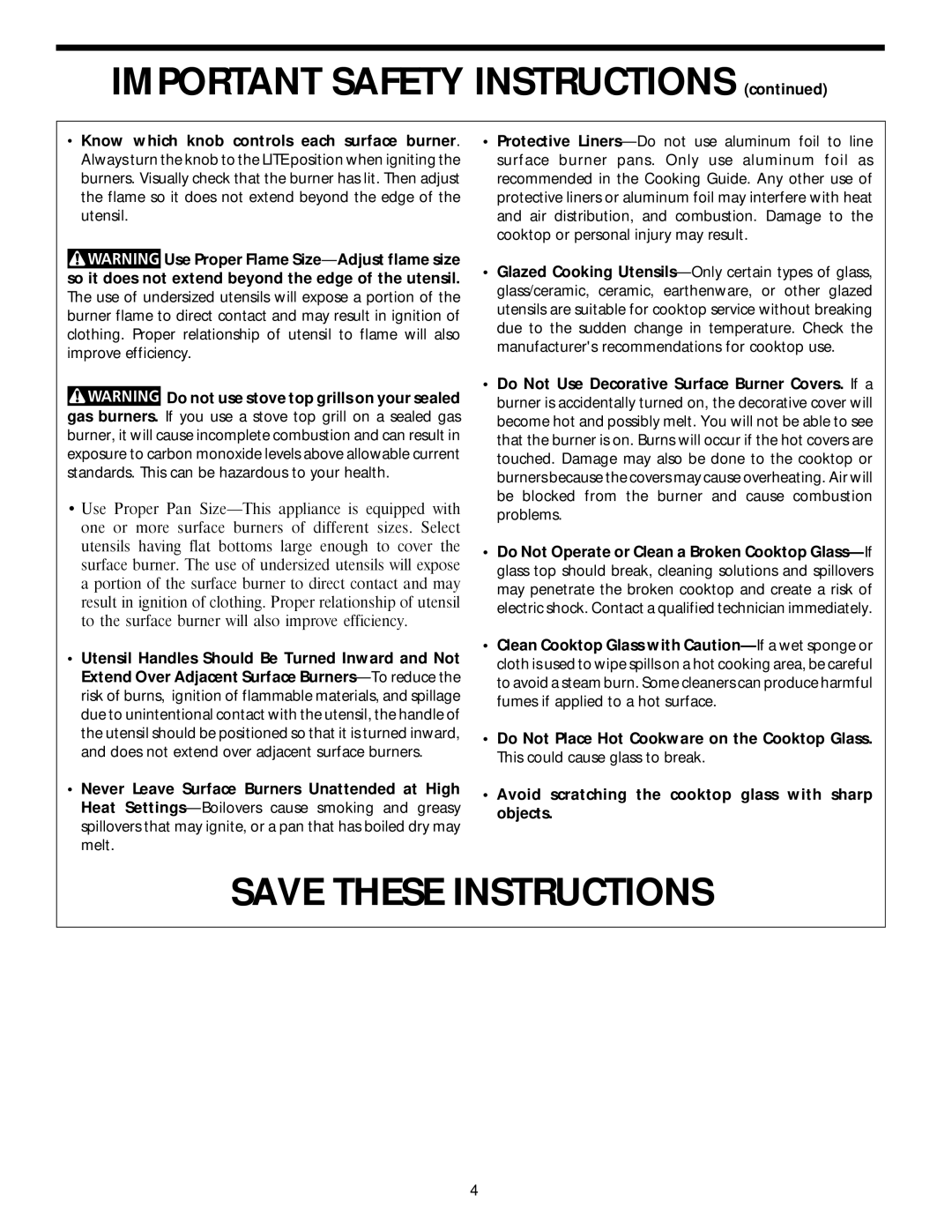318068118 specifications
The Frigidaire 318068118 is a multifunctional appliance designed for kitchen efficiency and convenience. It is an essential component for those who prioritize high performance and reliability in their kitchen equipment. This part is primarily recognized as a replacement for the oven igniter, making it crucial for gas ovens and ranges to function effectively.One of the standout features of the Frigidaire 318068118 is its durability. Constructed from high-quality materials, it offers longevity and consistent performance. This is critical for appliances that are used frequently, as users can expect it to withstand the rigors of daily cooking without compromising on safety or effectiveness.
The installation process for the Frigidaire 318068118 is straightforward, making it accessible for homeowners looking to perform DIY repairs. The igniter plays a vital role in lighting the gas burner, and its compatibility with various Frigidaire models ensures that customers can find the right fit for their ovens without hassle. By providing quick and easy installation instructions, Frigidaire emphasizes user-friendliness, appealing to a wide range of customers from experienced cooks to novices.
In terms of technology, the 318068118 utilizes advanced igniter technology, which allows for a more efficient and reliable ignition process. This not only enhances the cooking experience but also plays a part in energy efficiency, as a well-functioning igniter helps reduce gas wastage. By ensuring that gas burners ignite smoothly and promptly, the igniter minimizes downtime and improves the overall culinary process.
Another key characteristic of the Frigidaire 318068118 is its compatibility with several oven models. This adaptability is vital in a market filled with various cooking devices, allowing consumers the flexibility to use this part across different appliances. Additionally, Frigidaire's commitment to quality and performance is reflected in customer satisfaction ratings, which often highlight how the 318068118 improves their cooking experience.
In summary, the Frigidaire 318068118 is not just a simple oven igniter; it is a testament to modern kitchen technology that prioritizes durability, ease of installation, and energy efficiency. For those who rely on gas cooking, investing in a high-quality replacement part like the 318068118 ensures that meals are prepared safely and effectively every time, making it an essential component in today’s kitchens.

